Against
My
Will
Defying the practices that harm women and girls and undermine equality




The harmful practice
The Act That Harms and Violates a Girl’s Body is Only the Start of a Cascade of Harms
Every day, hundreds of thousands of girls around the world are subjected to practices that harm them physically or psychologically, or both, with the full knowledge and consent of their families, friends and communities.
The practices reduce and limit their capacity to participate fully in society and to reach their full potential. The impact ripples throughout society and reinforces the very gender stereotypes and inequalities that gave rise to the harm in the first place.
Three widespread harmful practices are female genital mutilation, child marriage and son preference.


COVID-19 pandemic heightens risks
The State of World Population 2020 was developed during the initial stages of the pandemic.
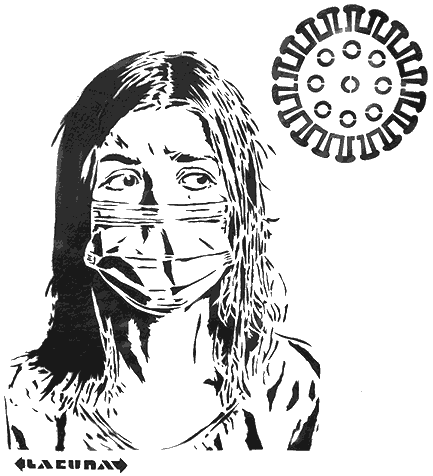
There is little data on how the ongoing COVID-19 pandemic is affecting the exercise of harmful practices around the world, but there are already a few certainties: First, programmes designed to end child marriage and female genital mutilation are facing serious delays in implementation. Second, pandemic-related economic disruptions are increasing the vulnerability of girls to harmful coping mechanisms, including these harmful practices.
An analysis by UNFPA, Avenir Health, Johns Hopkins University (USA) and Victoria University (Australia) looked at the potential consequences of pandemic-related disruptions on both harmful practices. If the pandemic causes a two year delay in female genital mutilation-prevention programmes, researchers projected that 2 million female genital mutilation cases would occur over the next decade that would otherwise have been averted.
If the pandemic causes a one-year average delay in interventions to end child marriage, considered a conservative estimate, some 7.4 million more child marriages are projected to occur over the next decade that otherwise could have been averted. In addition, the pandemic-caused economic downturn is projected to result in an estimated 5.6 million additional child marriages taking place between 2020 and 2030. The total effect of the COVID-19 pandemic is therefore projected to result in 13 million additional child marriages.



Female genital mutilation
Cut, scraped, stitched


Female genital mutilation, FGM, is an invasive procedure which entails partial or total removal of female external genitalia or other injury to female genital organs for non-medical reasons. The procedure is mostly carried out on young girls between infancy and age 15.


200 million women and girls alive today are affected by FGM.
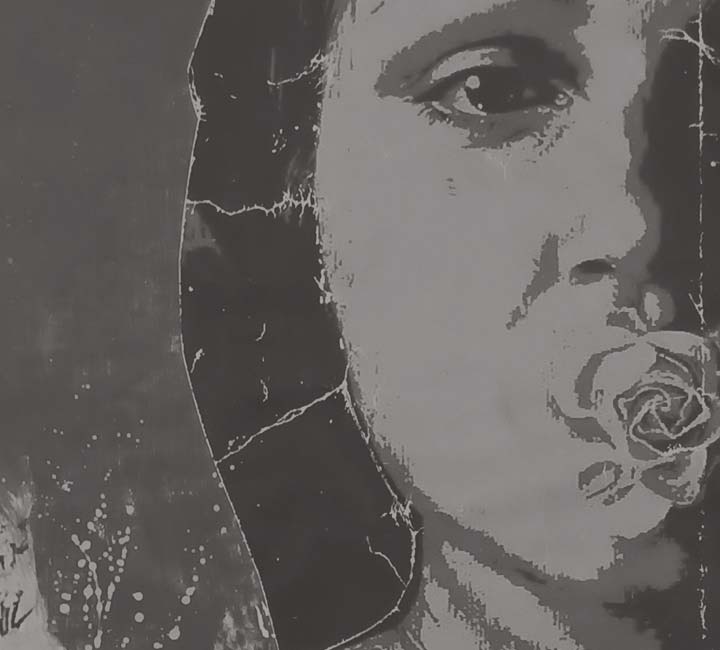


Medicalization

Health-care providers are increasingly involved in performing “medicalized” FGM, viewing medicalization as a method of harm reduction. But even when the procedure is performed in a sterile environment by a health services provider, FGM can never be “safe”; there is always a risk of health consequences immediately and later in life.
An estimated 52 million women and girls have undergone FGM performed by doctors, nurses or midwives.
Under any circumstances, FGM violates human rights and violates medical ethics.

The harm
FGM violates women’s and girl’s fundamental rights—to health, to bodily integrity, to be free from discrimination and cruel or degrading treatment.
It can result in severe physical and psychological harm that continues throughout a woman’s life.
It can even kill her.
4.1 million
girls and women are at risk of FGM this year



Opposition is building
As more and more women, girls, men and boys learn about FGM and its harm, opposition to the practice is growing. In the last two decades, the proportion of girls and women in high-prevalence countries who want the practice to stop has doubled.


When a girl is married, her schooling usually ends. Childbearing begins. Opportunities evaporate. Doors to the future slam shut.
This harmful practice is commonly imposed on girls by family members, community members or society at large, regardless of whether the victim provides, or is able to provide, full, free and informed consent.

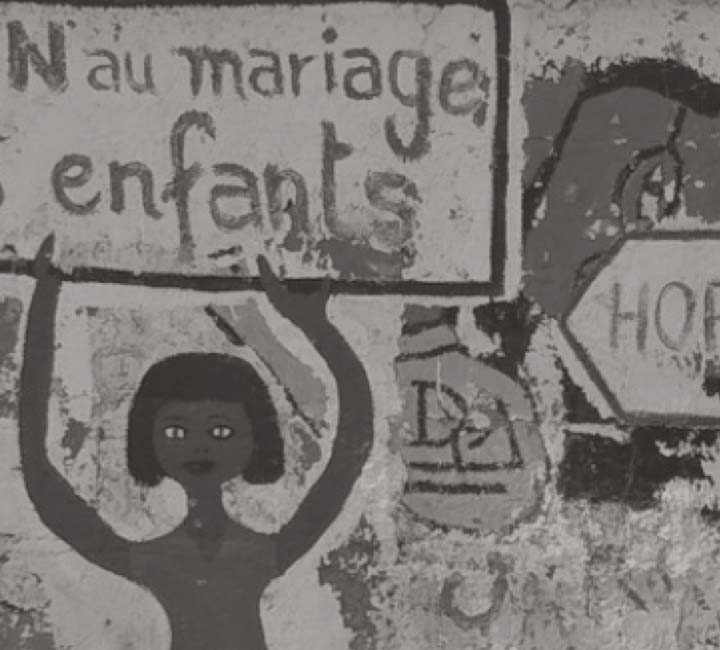
Child marriages are almost universally banned, yet they happen 33,000 times a day, every day, all around the world—cutting across countries, cultures, religions and ethnicities.
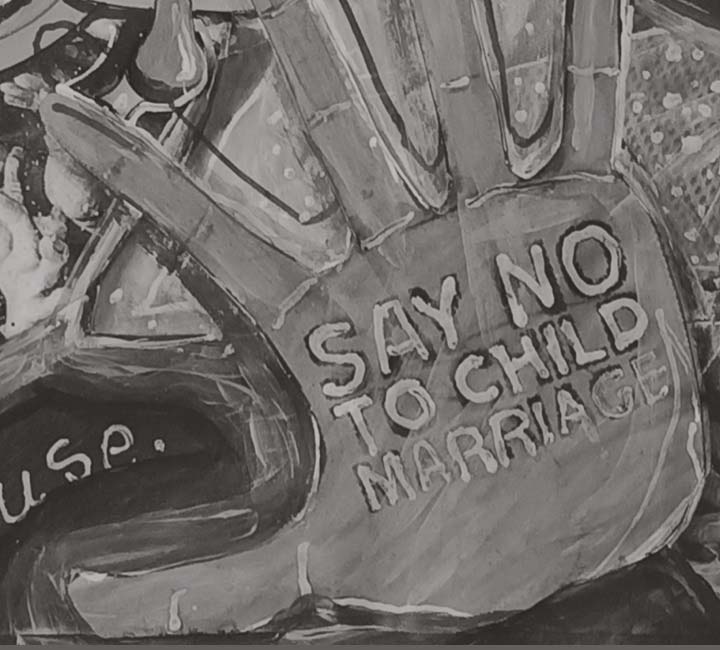

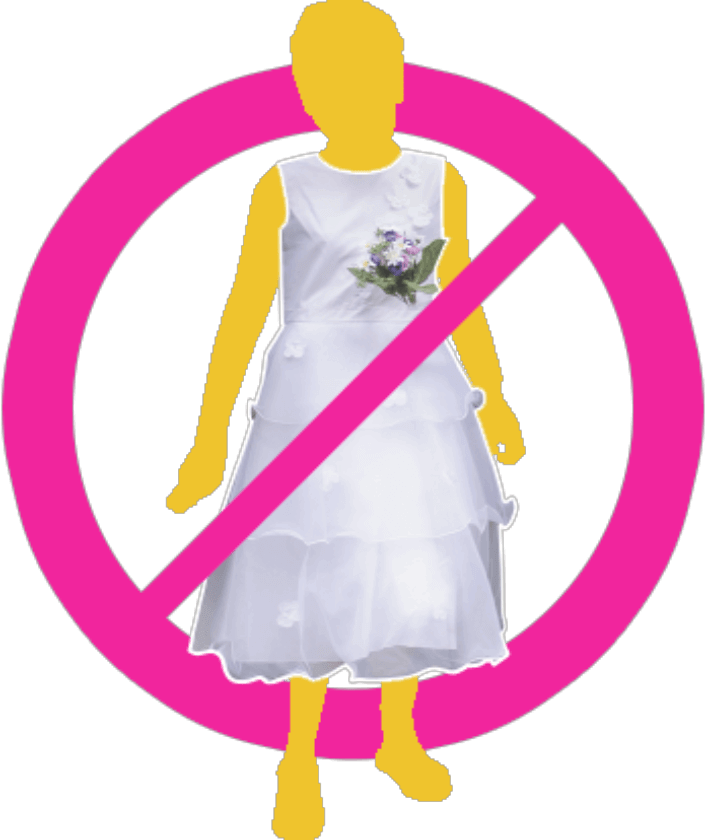
Bought and sold

Child marriages are often transactional, with girls married off to a spouse to offload a burden or secure the promise of her care. In the case of dowry and bride price, these transactions are outright and financial in nature.
Dowries are paid by a bride’s family to the groom, nominally for the upkeep of the wife.
Bride price is paid by the groom or his family to “purchase” the bride.
Such practices are more common among the poor and less educated, and exacerbated in times of crisis and displacement. They reinforce and contribute to higher prevalence of child marriage because younger girls require smaller dowries or command higher bride prices—a younger woman or a girl is perceived to be more valuable in that she has more years ahead of her for childbearing and domestic service.
These practices have been banned in most countries, but enforcing such bans is difficult.

The harm
Beyond limiting a girl’s education and earning potential, child marriage undermines her ability to make autonomous choices about her own body and future. Married girls have earlier pregnancies, more pregnancies, and closer together pregnancies.
The impact of child marriage reverberates beyond the girl whose life it derails. It perpetuates a cycle of poverty for her family and community. It undercuts the development of a productive, skilled workforce, with a direct bearing on the health of an economy.
650 million
girls and women alive today were married as children



Opposition is building
The evidence is clear: When girls are given the power to make an informed choice about marriage, they marry later. Laws are an important first step, but programmes are also needed to empower girls with information about their rights and educate parents about the benefits of keeping their daughters in school.


When boys are valued more highly than girls, pressure to have a son is intense. The preference for sons over daughters may be so pronounced that couples will go to great lengths to avoid giving birth to a girl or will fail to care for the health and well-being of a daughter they already have in favour of their son.
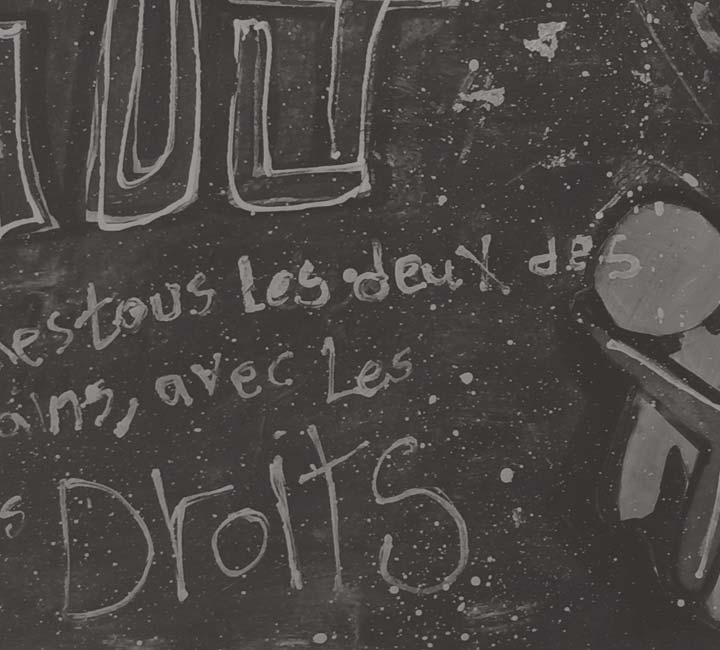

gender-biased sex selection: the termination of a pregnancy when the fetus is determined to be female, or preimplantation sex determination and selection, or “sperm sorting” for in-vitro fertilization
postnatal sex selection: measured by excess deaths among female infants and young girls, reflecting the continued discrimination against and neglect of female children



Fertility squeeze


Son preference is not new, but the trend towards smaller families is. Most women today have three children or fewer. A couple’s chance of not having a son is greater than ever.
This “fertility squeeze” is more common in countries with family planning policies aimed at a maximum family size of one or two children.
About a quarter of all parents with two girls may resort to gender-biased sex selection to avoid the birth of a third girl.


The harm
Son preference is a symptom of entrenched gender inequality, which harms whole societies.
Son preference has also led to gross imbalances in the number of men and women, distorting the sex-ratio balance of countries’ populations, so much so that large numbers of men may be unable to find partners and have children.
The effects of sex-ratio imbalances can exacerbate problems of gender-based violence, including rape, coerced sex, sexual exploitation, trafficking and child marriage—all of which are human rights violations.
140 million
females are considered missing today



Opposition is building
There is broad international consensus on the need for change, although the most effective measures—raising the value of girls and securing gender equality—are also the most elusive.


The Root Cause
Gender Inequality
Harmful practices perpetuate the dominance of men over women, boys over girls. They are about assigning less value to women and girls. But these harms not only reinforce female subordination—they are tools of control over women’s sexuality and fertility.
FGM is grounded in misguided beliefs that it improves fertility, enhances sexual pleasure for men, suppresses female sexuality, leads to better hygiene, prevents infidelity, complies with the demands of religious institutions or results in acceptance by the community. It is performed to uphold a girl’s purity, honour and cleanliness, to make her more marriageable and to control her sexuality.
Child marriage is frequently motivated by the desire to preserve a girl’s virginity for her husband. Many parents believe early marriage will safeguard their daughters from sexual violence, allocating responsibility for their daughter’s safety to her husband and his family. The fact that her husband may be a source of sexual violence is seldom considered.
Son preference, where it manifests as gender-biased sex selection, is also an exertion of social and family preferences over a woman’s fertility.

Defiant
A world free from harm
There are concrete steps that countries and communities can take to end harmful practices.
Decades of treaties and other agreements unequivocally hold that these practices are violations of human rights and that governments, communities and individuals have a duty to end them.
Passing laws is important, but it is just a starting point. National action plans can bring together communities, local and religious leaders and service providers, ensuring broad support and buy-in.
And there must be efforts to change minds. Programmes to change social norms are effective in rooting out harmful practices, but they must not focus narrowly on just the practice itself. They should address broader issues, including the subordinate position of women and girls, their human rights, and how to elevate their status and access to opportunities.
We have the power to defy the forces that perpetuate harm and to realize a world where every woman and girl is free to chart her own future.

Learn more
Click to learn about how UNFPA is working to end these harmful practices.


